I had the opportunity the other day to be involved with the installation of a Bailey Bazooka culvert. It’s actually the first time I’ve ever installed a culvert and it was great to work alongside experienced contractors, familiar with civil drainage work, who were able to offer up some advice to ensure that it installed correctly.
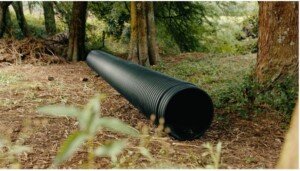
In this situation there was an existing open water course that intersected 2 parts of the same property. While it wasn’t particularly wide and on that day there was not a lot of water flowing through it, access to the other side of the section was not possible because of the ditch. In order to create vehicle access for both sides of the section we needed to install a culvert and then create a track linking both sides of the section.
Ee used a small digger to clear out the debris and loose material at the bottom of the watercourse and then load in and contour some basecourse before lowering the bazooka culvert into position.
As there was a little water flowing in the stream we could easily see where we should position the culvert to ensure that it was not too high and cause water to back up behind the culvert nor too low.
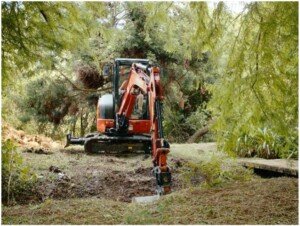
Once the Bazooka culvert was bedded into the basecourse, we backfilled either side of the culvert up to halfway and compacted the backfill. Getting the bedding, backfill and compaction on the side of the bazooka culvert right is really important to ensure that when load is applied to the top of the culvert that the side walls of the culvert are contained and able resist deflection when under load
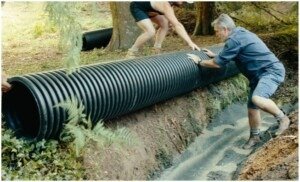
One of the key features of the Bailey Bazooka culvert design is the corrugated outer layer for stiffness and crush resistance while the inside of the culvert is smooth to assist hydraulic movement. When we set up the Bazooka culvert we ensured that the socket was laid in such a way that if the culvert needed to be extended in the future another Bazooka culvert could be inserted into the socket and the entire culvert widened.
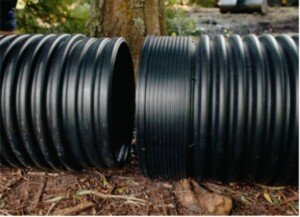
After compaction, we spread more basecourse over the top of the pipe before using different fill to bring the vehicle crossing up to the height, we needed to give access from one side to the other over what was a metre deep ditch.
The fill we used contained some small boulders and we were able to use those to form up a stabilized entrance and exit at either end of the Bazooka culvert
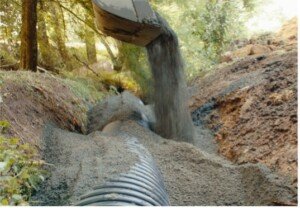

This is to ensure that in heavy rainfall events, as the level of water rises in the creek, those stones will protect the fill around the culvert and direct the water into the culvert. To be fair, it actually looked quite attractive, as well as being practical.
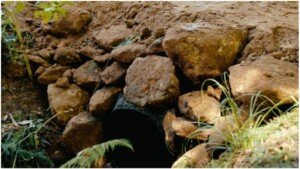
At the end of the job, we had created access to a previously inaccessible part of the property, which will be a real advantage to the owners. And watching the digger trek over the new track proved to me the strength of the Bailey Bazooka culvert
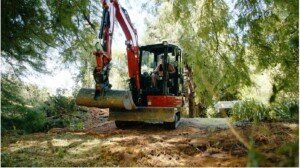
To find out more visit: Bailey Tanks







